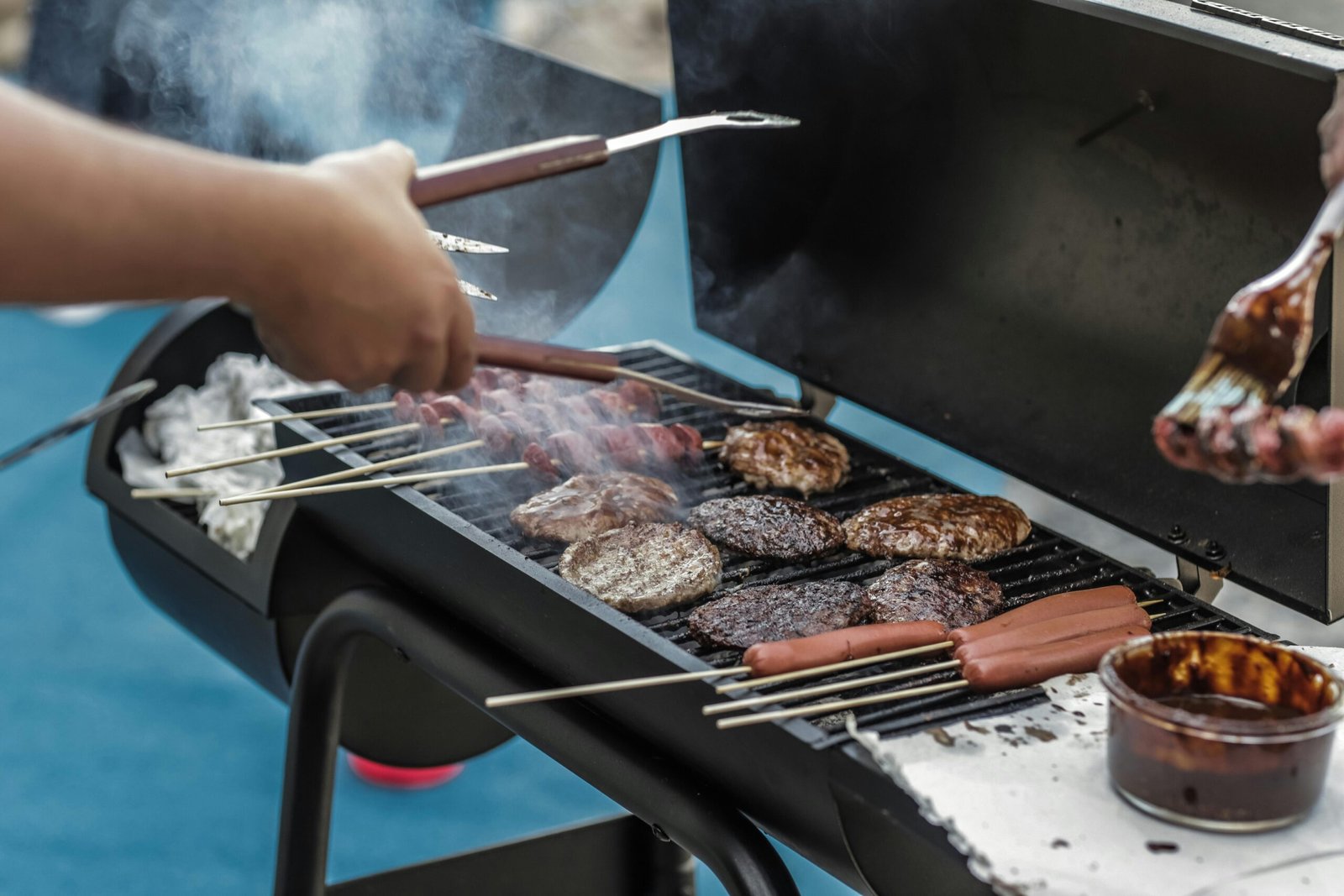Mastering Meat: How to Check Doneness Like a Pro
Understanding Doneness Levels
Before diving into the methods of checking doneness, it’s essential to understand the different levels of doneness for various types of meat:
- Rare: The meat is cooked very lightly, with a red, cool center.
- Medium Rare: Slightly more cooked than rare, with a warm red center.
- Medium: The meat is pink in the center and has a moderate amount of doneness.
- Medium Well: The meat has a slightly pink center but is mostly cooked through.
- Well Done: The meat is fully cooked with little to no pinkness, often with a browned exterior.
Methods to Check Doneness
- Visual Inspection: One of the simplest methods is to visually inspect the meat. Different types of meat will change color as they cook. For example, a rare steak will have a red center, while a well-done steak will be browned throughout.
- Touch Test (Finger Method): This method involves using your fingers to gauge the doneness based on the firmness of the meat. Here’s a general guide for steak:
- Rare: Gently press the center of the steak; it should feel soft and springy.
- Medium Rare: Slightly firmer than rare, with a slight resistance.
- Medium: A bit firmer with more resistance.
- Well Done: Very firm with minimal give.
- Meat Thermometer: This is very important, get a digital one from amazon. Using a meat thermometer is one of the most accurate ways to check doneness. Insert the thermometer into the thickest part of the meat without touching bone for an accurate reading. Here are the recommended internal temperatures for different meats:
- Beef (steaks, roasts): Rare (120-130°F), Medium Rare (130-135°F), Medium (135-145°F), Well Done (160°F+).
- Pork: Medium (145°F), Well Done (160°F).
- Chicken: Well Done (165°F).
- Lamb: Rare (135°F), Medium Rare (145°F), Medium (160°F), Well Done (165°F+).
- Fish: Cook until opaque and flakes easily with a fork, around 145°F (63°C).
- Timer: For larger cuts of meat like roasts or whole poultry, using a timer based on weight and recommended cooking times can help ensure doneness. However, always double-check with a meat thermometer for accuracy.
- Juices Color Test: When cutting into cooked meat, pay attention to the color of the juices. For rare to medium-rare, the juices should be red or pinkish. For medium to well-done, the juices will be clear.
Tips for Success
- Resting Time: After removing meat from heat, allow it to rest for a few minutes before slicing or serving. This helps redistribute the juices, resulting in a juicier and more flavorful end product.
- Use Quality Tools: Invest in a reliable meat thermometer and sharp knives for accurate readings and clean cuts.
- Practice Makes Perfect: Doneness can vary depending on factors like meat thickness, cooking method, and equipment. With practice, you’ll become more confident in judging doneness accurately.
- Consider Carryover Cooking: Keep in mind that meat continues to cook after being removed from heat, known as carryover cooking. Factor this into your cooking time and final desired doneness.
- Safe Temperatures: Ensuring meat reaches safe internal temperatures is crucial to avoid foodborne illnesses. Here are the recommended safe internal temperatures for various meats:
- Beef (steaks, roasts, and ground beef): 120-130°F (rare) to 160°F+ (well done)
- Pork: 145°F (medium) to 160°F+ (well done)
- Chicken (including ground chicken and turkey): 165°F (well done)
- Lamb: 135°F (rare) to 165°F+ (well done)
- Fish: Cook until opaque and flakes easily with a fork, around 145°F (63°C).
By mastering these techniques and paying attention to details, you’ll be able to cook meat to perfection, impressing yourself and your guests with delicious, tender, and flavorful dishes every time. Happy cooking!
Check out our amazon affiliate grilling items here For more information visit our website website
